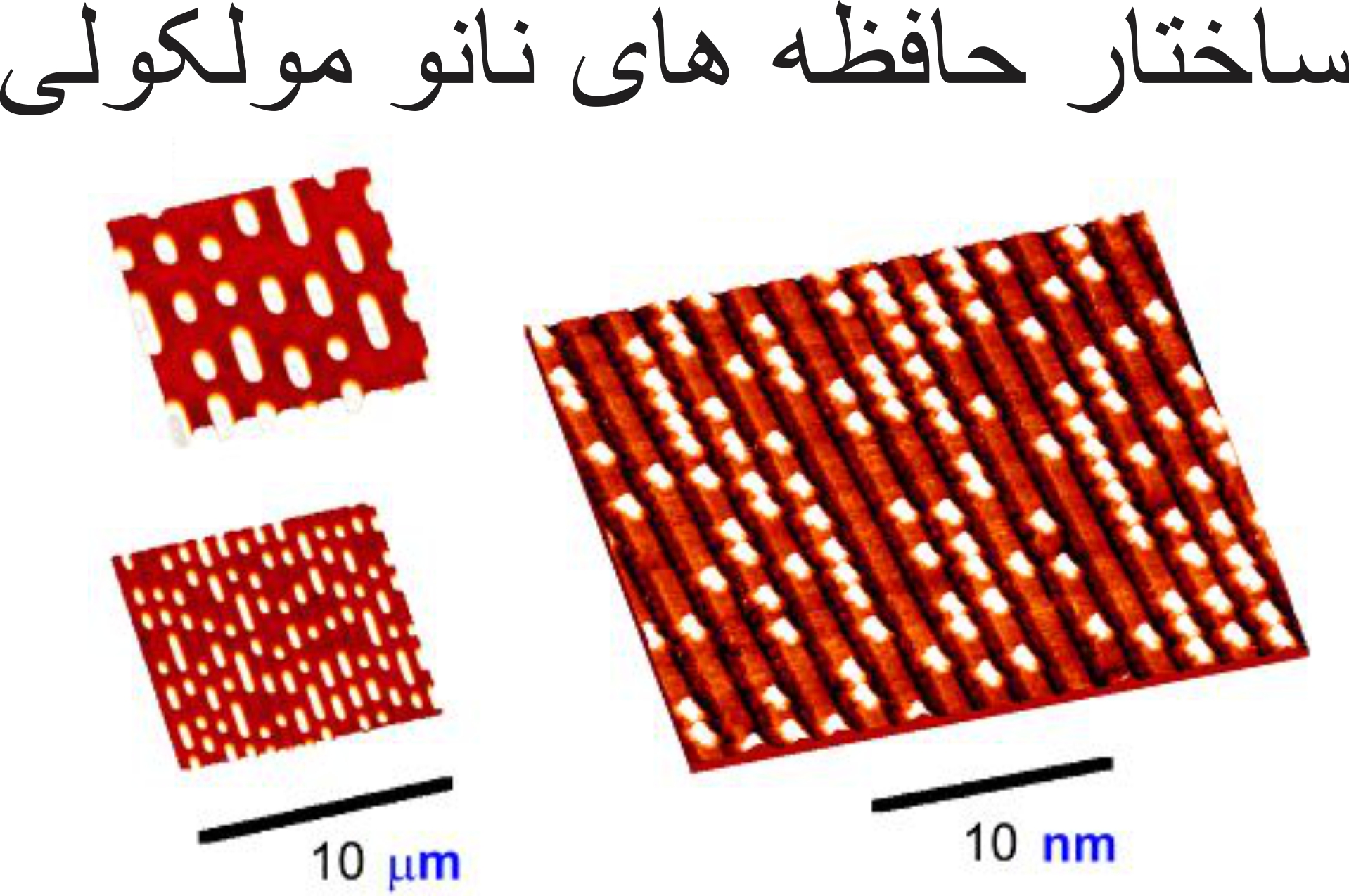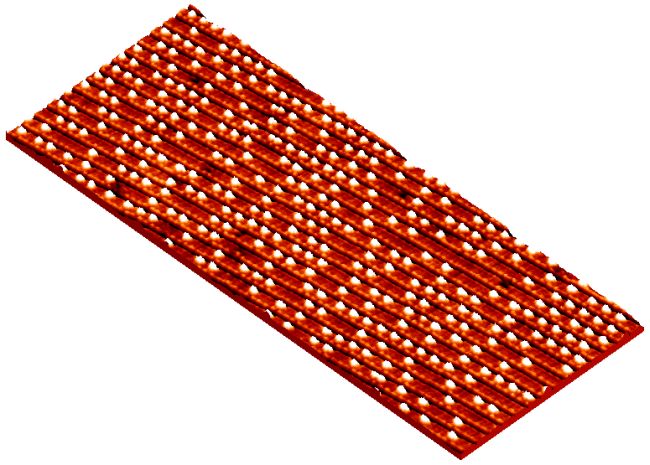Department of Nano Electronic Memory Laboratory
Testing nano memories based on a particle enclosed in a (one-dimensional nano memory).
Researcher and author: Dr. ( Afshin Rashid)
Note: Nanotechnology is used in quantum computing and other similar electronic technologies. There are two basic principles at the core of nanotechnology: First, the smaller you make the material, the larger the relative surface area of the material. And the second is the loss of bulk properties instead of quantum phenomena when you get to such a small scale.
Quantum nanotechnology is based on the principle of electron tunneling. The basic theory is that a particle trapped in a one-dimensional nanomemory cannot escape unless an electron breaks its way out of the confinement. This is a phenomenon that is only exhibited by quantum materials and cannot be seen with any bulk material. This principle can be extended to include all 3D - the so-called particle in a 3D nano-memory. The amount of electron confinement introduced into a material determines its dimension - because quantum dimensions are more relative to electron confinement (and in how many dimensions electrons operate in) than atomic spatial arrangement. Quantum dots are probably the most well-known quantum structure in nano-memories. The interesting thing about quantum dots is that electronically, they are confined in all three dimensions, so they are classified as zero-dimensional materials.
By using the structure of nanomolecular memory , the size of the memory bits can be basically reduced, thereby increasing the density of the magnetic memory and its efficiency, and lowering its cost. Nano lithography methods are now being used to prepare some very powerful memories. The science and technology of nanoelectronics provide different possibilities of nano molecular memory . For example, photorefractory materials represent only one type of optical memory. In fact, by using nano technology, the storage capacity of information can be increased by a thousand times or more.
Storing subject information is very important and necessary, which can be done in different ways through nanomolecular memories . One of the new information storage tools is the use of nickel quantum dots in nanometer sizes, which are expected to be used to store terabytes of data. According to nano molecular memories, there is a high potential for activity in this field.
Conclusion:
Using nanotechnology in quantum computing and other similar electronic technologies, there are two basic principles at the core of nanotechnology: First, the smaller you make the material, the larger the relative surface area of the material. And the second is the loss of bulk properties instead of quantum phenomena when you get to such a small scale.
Researcher and author: Dr. ( Afshin Rashid)
Specialized doctorate in nano-microelectronics





